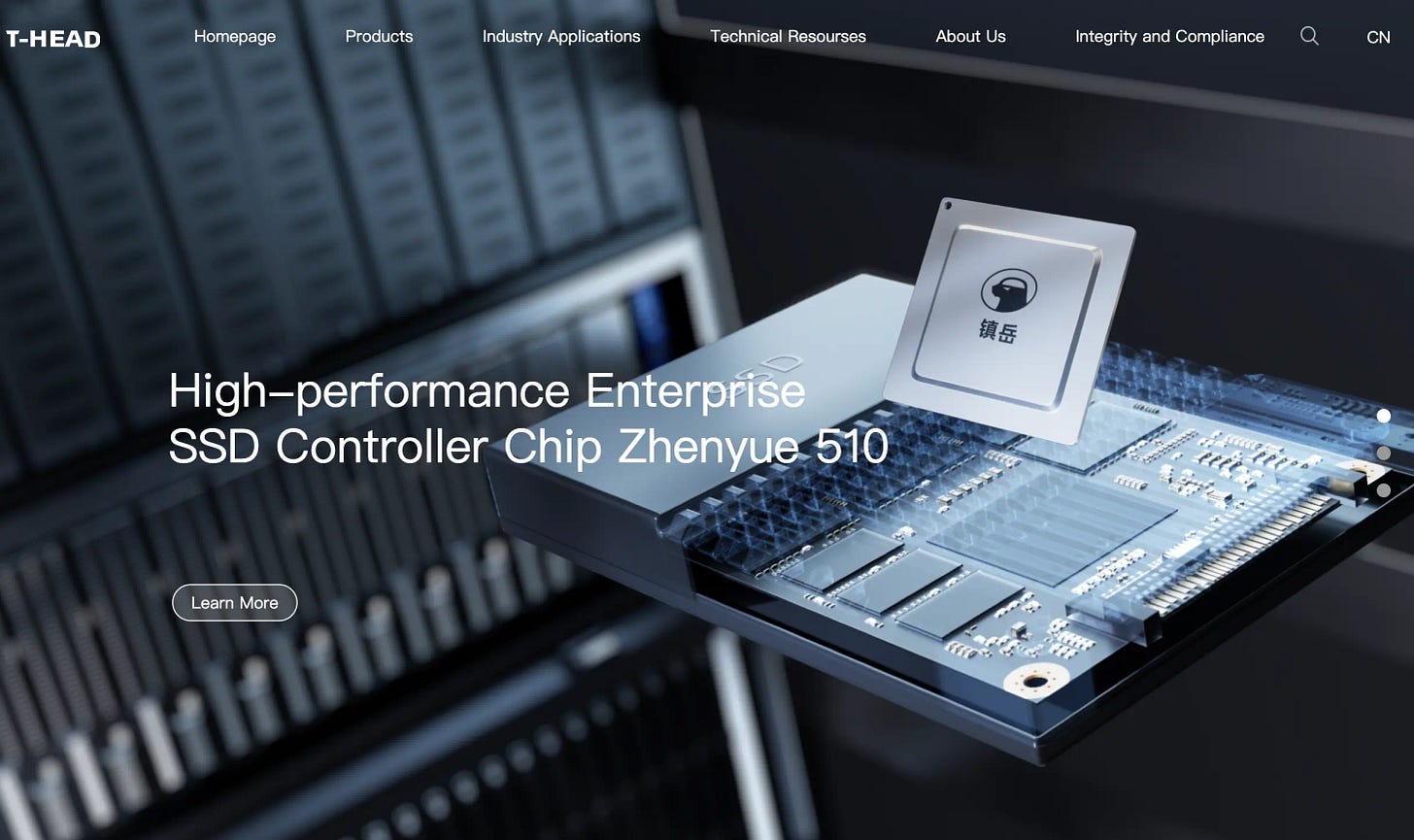The Architecture Gambit: Alibaba’s Bet on RISC-V
How T-Head’s dual-track RISC-V strategy reshapes chips and sovereignty.
When the Wall Street Journal reported last week that Alibaba was developing a new AI chip to help China fill the Nvidia void, most readers shrugged. It seemed like yet another predictable move in the well-worn U.S.-China tech war playbook. Days later, Alibaba issued a categorical denial of rumors that it had purchased 150,000 Cambricon chips, insisting that while it supports domestic supply chains, the reported bulk procurement was “untrue.”
To outside observers, these looked like separate data points: one about self-reliance, another about supply chain discipline. But taken together, they reveal a more consequential strategy. The most important semiconductor development in China today is not happening where most analysts are looking. And the implications stretch far beyond the narrow question of whether Chinese firms can build replacements for Nvidia’s GPUs.
Alibaba’s chip subsidiary, T-Head (平头哥), has quietly established dominance in a different field: RISC-V, the open-source processor architecture that many believe could reshape global computing. With 2.5 billion chips already shipped and partnerships spanning consumer electronics to automotive suppliers, T-Head isn’t simply chasing Nvidia’s shadow. It is playing a longer game–one that combines architectural sovereignty, selective industrial alliances, and a hybrid business model that breaks from conventional semiconductor categories.
This is the part of the story most Western analysis has missed. And it could prove to be one of the most important developments in the semiconductor industry since the rise of x86.
The Architecture Play Nobody Expected
The global chip industry has long been defined by proprietary architectures: Intel’s x86, ARM’s cores, and Nvidia’s CUDA stack. Each created formidable moats, not just through performance, but through the lock-in effects of developer ecosystems and licensing controls.
T-Head recognized a simple truth that eluded many: in an era of export controls and geopolitical risk, controlling an open-source architecture matters more than eking out another percentage point of benchmark performance. RISC-V, born in academia at UC Berkeley, offers exactly that. Its instruction set architecture (ISA) is open, royalty-free, and extensible–meaning no government can unilaterally cut off access.
The numbers demonstrate T-Head’s scale. Xuantie processors have shipped in over 15 million devices, with cumulative shipments of 2.5 billion across the broader ecosystem. The C910 core was the world’s first commercial out-of-order RISC-V implementation, while the C908 achieved 3.5x performance improvements in AI workloads.
Even more significant is T-Head’s role in governance. It is the only Chinese founding member of the RISC-V Software Ecosystem (RISE) project, collaborating directly with Intel, Qualcomm, Nvidia, Samsung, and MediaTek. In other words, unlike Huawei’s isolated struggles with proprietary standards, T-Head is a peer participant in defining the next era of global computing.
Industry analysts call this “sanction-proofing.” ARM and x86 remain vulnerable to licensing restrictions; CUDA is even more tightly controlled. But RISC-V cannot be embargoed. And with the global RISC-V market projected to expand from $1.76 billion in 2024 to $25.73 billion by 2034–a 30.7% CAGR–T-Head’s early lead could translate into sustained structural advantage.
The Dual-Track Business Model
If the architectural bet explains the “why,” T-Head’s business model explains the “how.” The company has pioneered a dual-track strategy that combines elements of Amazon’s Graviton chips with ARM’s licensing empire.



